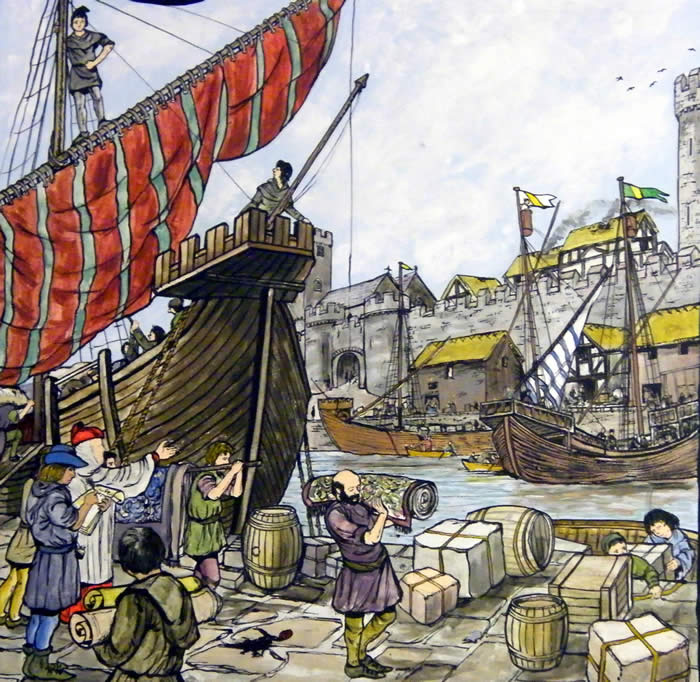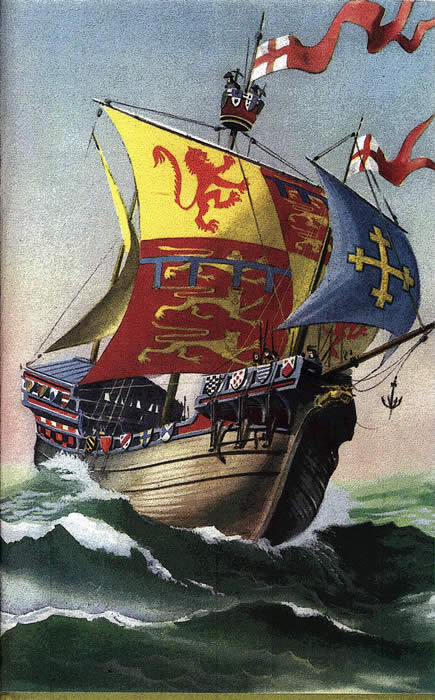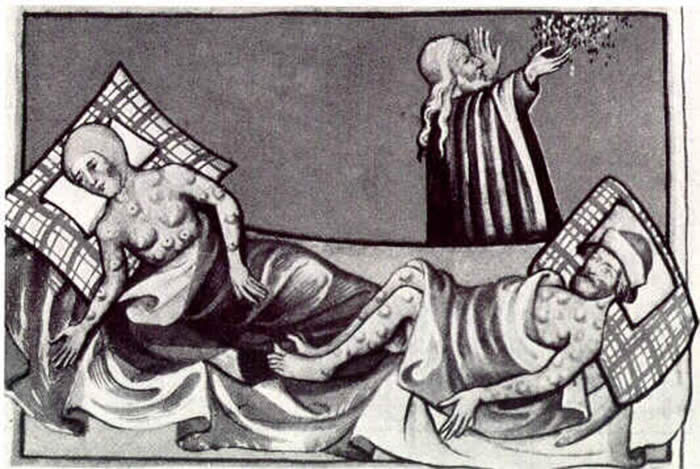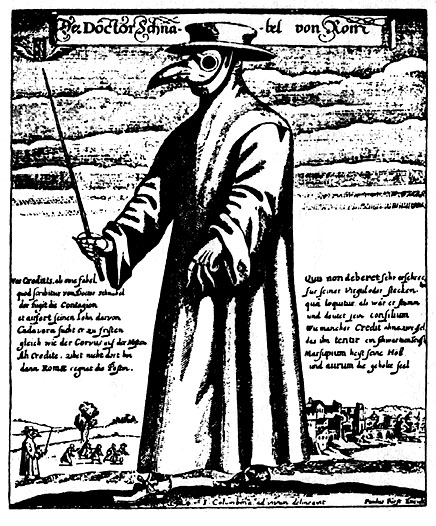
| HOME | ABOUT | PEMBROKE | MONKTON | HISTORY | LANDSCAPE | GALLERIES | PUBLICATIONS | CONTACTS |
Pembroke story history
|
TRADE & PILGRIMAGE: MEDIEVAL PEMBROKE
Prosperous Pembroke In Pembroke’s mediaeval heyday, we see the foundation of the borough, the granting of privileges to the burgesses by the Crown and marked growth until a total of about 228 burgage plots had been taken up.
Royal ChartersMedieval towns such as Pembroke, Tenby and Haverfordwest depended on their trading opportunities for financial security. They were granted privileges in charters issued by the Crown. Pembroke’s charters stated that all ships carrying certain cargoes should come to the bridge at Pembroke to buy and sell goods, otherwise they should pay ‘pay toll or custom at the cross in Pembroke Town’ - presumably the cross that stood near the junction of Northgate Street and Main Street. All goods bought within the County of Pembroke, which then roughly corresponded with the Castlemartin area, should be shipped out either from Pembroke or Tenby.
Wine, Iron and Salt During the medieval era, ships arrived in Pembroke bearing wine and salt from France.
Iron was imported from France, northern Spain and the Forest of Dean, which also provided apples, pears and walnuts. Woad was transported from Picardy for use in the dying of cloth. Locally produced hides, salt-fish, butter, cheese, corn and wool were exported to Bristol, the West Country and Ireland on ships owned by local traders.
In 1216, a ship carrying goods to Dublin was seized by officials at Pembroke. In May of that year it was given by King John to William Marshall, Earl of Pembroke. In 1218, the Earl sold it to Peter Blunt, a merchant from Drogheda.
The Good Ship Le Saint Jacques The Sarum Missal, a medieval religious tract, mentions a ship named Le Saint Jacques, which sailed from Pembroke to Spain with a group of pilgrims bound for Santiago de Compostela. The captain charged them forty ducats a day for two daily meals. The pilgrims were a mixture of Welsh, Irish and English, including two noblemen and their retinues, an ex-trader and a preaching friar. As the ship left Pembroke the pilgrims gathered on deck to sing a hymn.
At a pre-arranged spot off the coast, Le Saint Jacques joined a number of other vessels and the little fleet crossed the Bay of Biscay to the northern coast of Spain, where the passengers disembarked.
Gillopatric the Moneyer A set of accounts prepared in 1130, known as the Pipe Rolls, records amounts of money paid into the royal treasury.
One of the entries mentions a man named Gillopatric the Moneyer, based at Pembroke. A moneyer was licensed to mint coins and the entry concerning Gillopatric suggests that there was a royal mint at Pembroke. Its exact location is unknown, but several Welsh boroughs were allowed to mint coins as a way of ensuring their economic success.
The entry in the Pipe Rolls make it clear that Gillopatric was in trouble! His exact offence is unclear, but it involved the ‘old money’. Perhaps he was embezzling or keeping back old coinage at a time when new coins were being struck. Whatever the truth, Gillopatric survived, because he is later mentioned as a moneyer for Henry I and King Stephen.
1349 Disaster Strikes - The Plague In 1349 a severe epidemic of bubonic plague hit Britain. The heavy death rate in Pembroke devastated the town and wiped out whole families. Many houses fell into ruin, trade declined, and the economy stagnated. The period of expansion was brought to an end - as the new age represented by the rise of the Tudors, dawns, Pembroke was suffering a severe depression.
|
Through the Ages
 |
| Beginnings |
| Iron and Rome |
 |
| Dark Ages |
 |
| Normans |
 |
| Earldom of Pembroke |
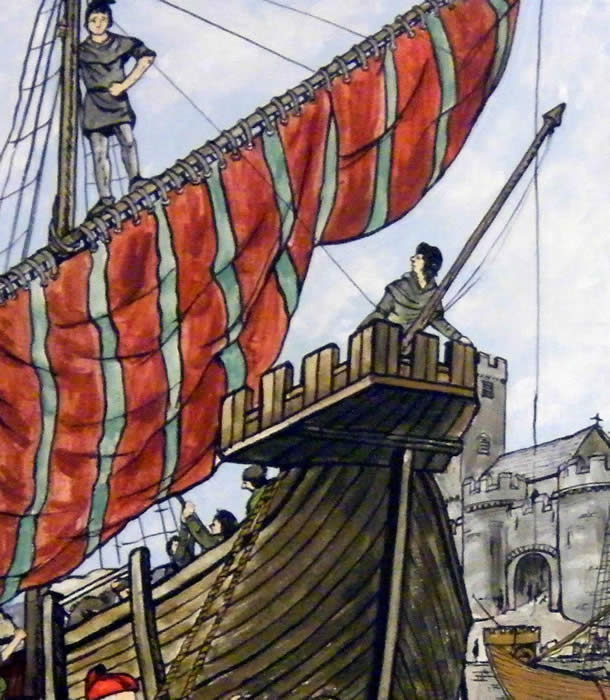 |
| Medieval Pembroke |
 |
| Wars of the Roses |
 |
| Tudor |
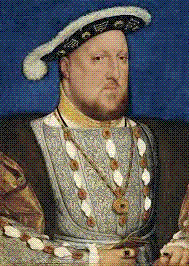 |
| Religious and political change |
 |
| Stuart & Civil War |
 |
| 18th Century |
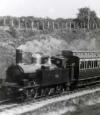 |
| 19th Century |
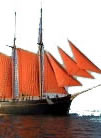 |
| Modern Times |
